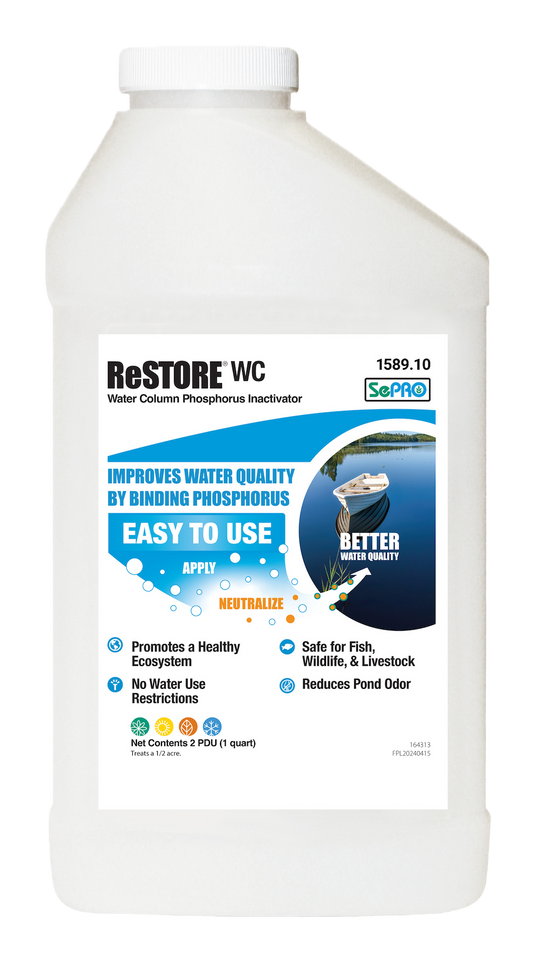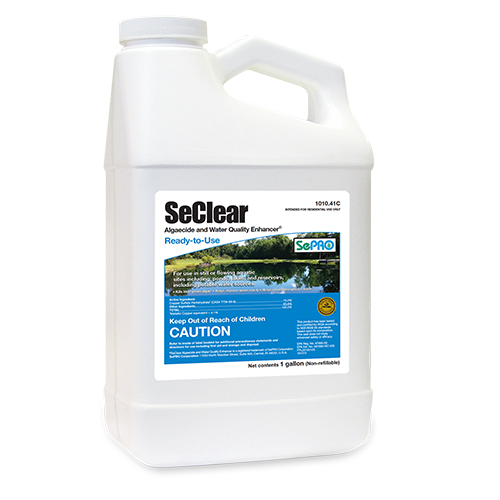Toxic algae, also known as harmful algal blooms (HABs), are a natural occurrence in aquatic ecosystems where certain species of algae grow and reproduce rapidly, leading to an overabundance of these algae in the water. These algae can produce toxins that are harmful to humans, animals, and the environment. Toxic algae blooms can occur in freshwater bodies like lakes, rivers, and reservoirs, as well as in saltwater and oceans.
The toxins produced by these algae can have various adverse effects:
Harmful to Wildlife: Marine and freshwater organisms can be poisoned by ingesting or encountering the toxins. This can lead to mass fish kills, the deaths of birds, mammals, and other aquatic organisms, and disruptions in the food chain.
Water Quality: The presence of toxic algae can lead to poor water quality, making the water unsafe for drinking, swimming, and recreational activities. The toxins can also affect the taste and odor of the water.
Human Health: Humans can be exposed to toxic algae through contaminated water or by eating seafood that has accumulated the toxins. Ingesting or encountering these toxins can lead to various health problems, including gastrointestinal issues, skin rashes, respiratory problems, and, in severe cases, neurological and liver damage.
Pet Health: Domesticated animals, particularly dogs, can become severely ill and even die from ingesting or encountering water with toxic algae present.
Economic Impact: Harmful algal blooms can have significant economic consequences. They can lead to the closure of fisheries, loss of tourism revenue, and increased costs for water treatment facilities to remove toxins from drinking water.
Common types of algae that can produce harmful toxins include cyanobacteria (blue-green algae) and various dinoflagellates. Factors such as nutrient pollution (e.g., from agricultural runoff), warm water temperatures, and calm, sunny conditions can contribute to the formation and intensification of toxic algae blooms. In most of the United States, the summer season can lead to an uptick in stagnant water bodies, a prime environment for toxic algal species.
Efforts to manage and mitigate the impacts of toxic algae blooms involve monitoring water quality, implementing strategies to reduce nutrient pollution, and issuing warnings or advisories when blooms occur to protect human health and the environment.
For more information, check out this video:





